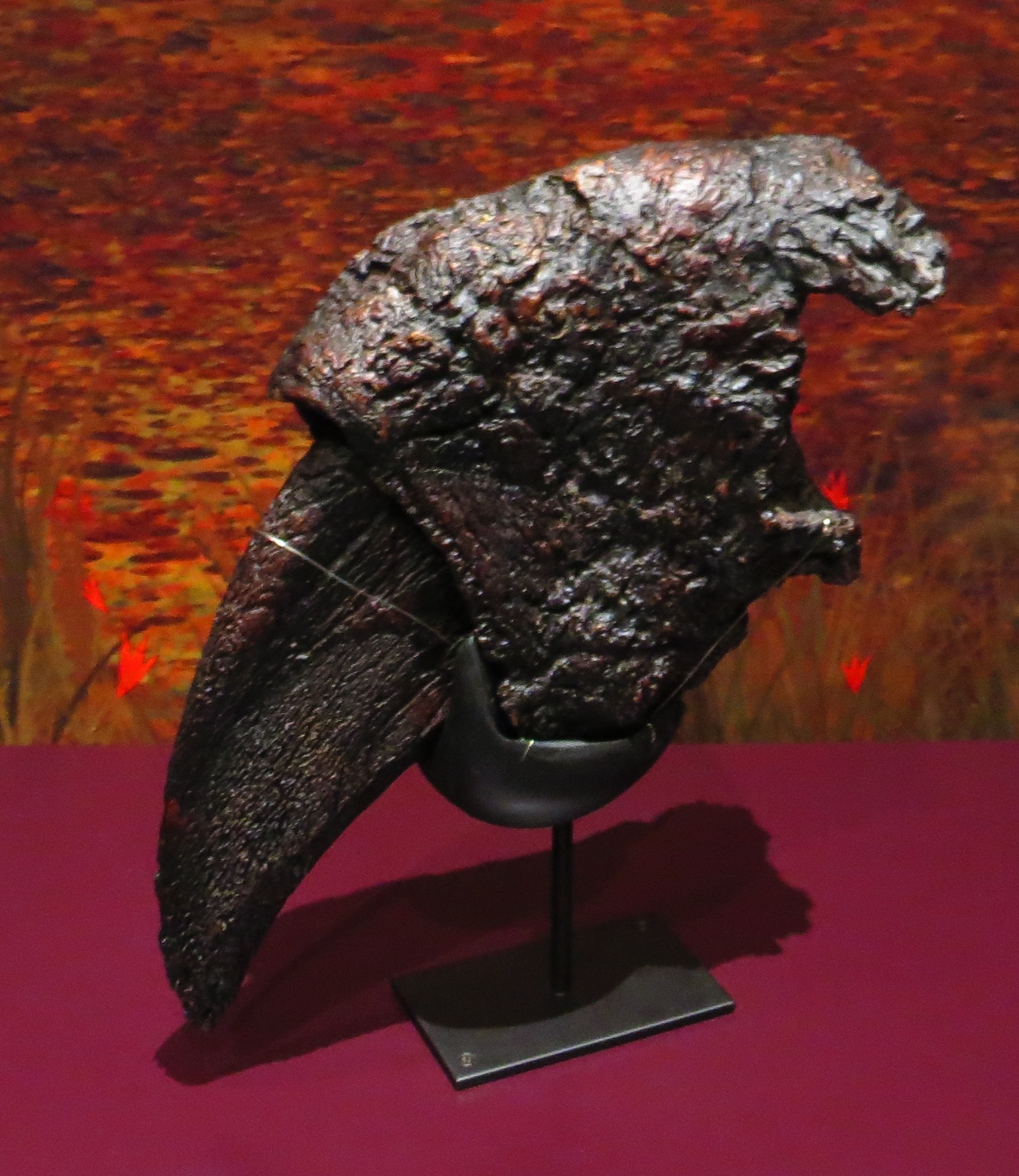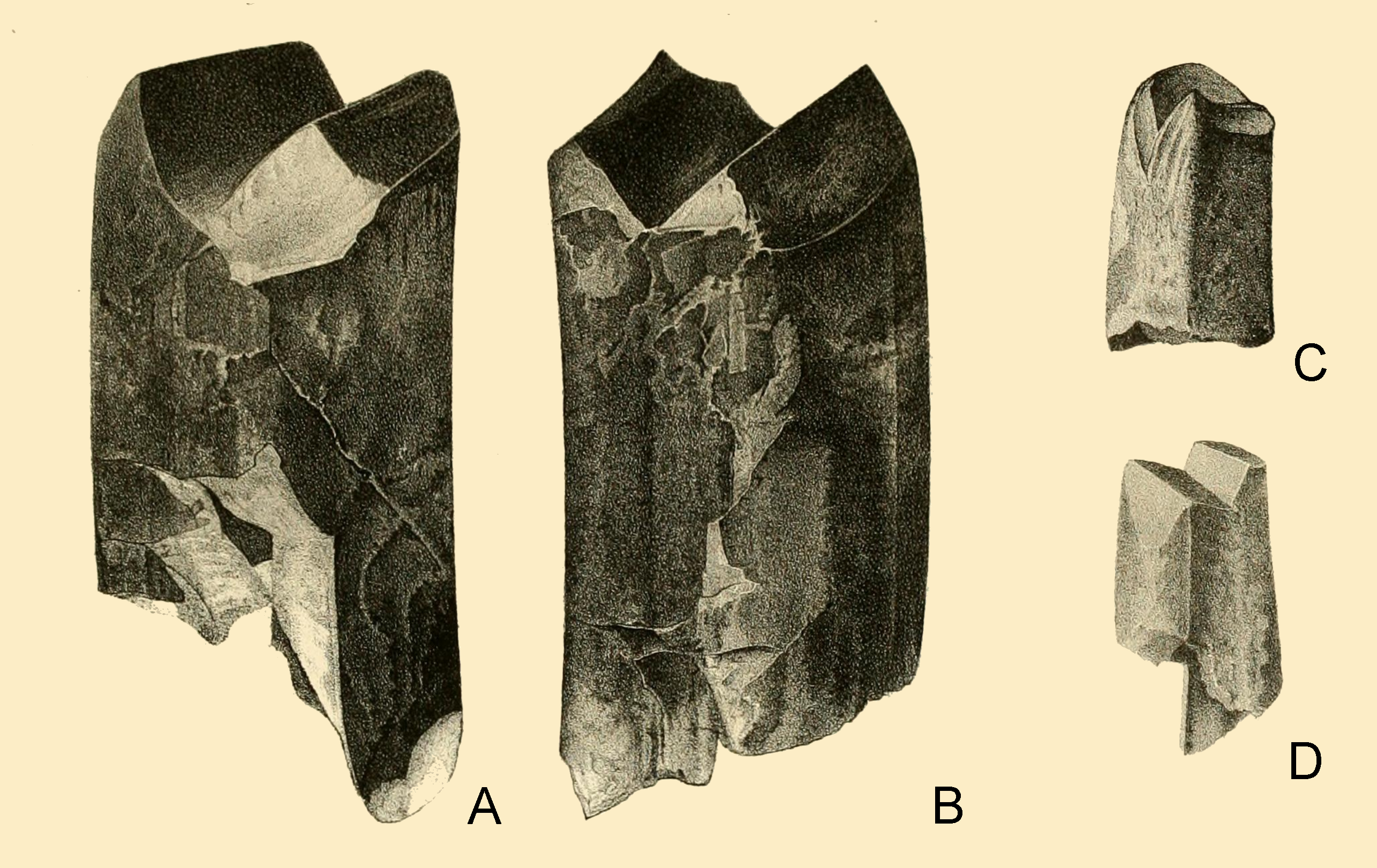|
Ungual
An ungual (from Latin ''unguis'', i.e. ''nail'') is a highly modified distal toe bone which ends in a hoof, claw, or nail. Elephants and ungulates have ungual phalanges, as did the sauropods and horned dinosaurs. A claw is a highly modified ungual phalanx. As an adjective, ungual means ''related to nail Nail or Nails may refer to: In biology * Nail (anatomy), toughened protective protein-keratin (known as alpha-keratin, also found in hair) at the end of an animal digit, such as fingernail * Nail (beak), a plate of hard horny tissue at the tip ...'', as in ''periungual'' (around the nail). References External links Mammal anatomy {{animal-anatomy-stub ... [...More Info...] [...Related Items...] OR: [Wikipedia] [Google] [Baidu] |
Phalanx Bones
The phalanges (singular: ''phalanx'' ) are digital bones in the hands and feet of most vertebrates. In primates, the thumbs and big toes have two phalanges while the other digits have three phalanges. The phalanges are classed as long bones. Structure The phalanges are the bones that make up the fingers of the hand and the toes of the foot. There are 56 phalanges in the human body, with fourteen on each hand and foot. Three phalanges are present on each finger and toe, with the exception of the thumb and large toe, which possess only two. The middle and far phalanges of the fifth toes are often fused together (symphalangism). The phalanges of the hand are commonly known as the finger bones. The phalanges of the foot differ from the hand in that they are often shorter and more compressed, especially in the proximal phalanges, those closest to the torso. A phalanx is named according to whether it is proximal, middle, or distal and its associated finger or toe. The proximal ... [...More Info...] [...Related Items...] OR: [Wikipedia] [Google] [Baidu] |
Eremotherium Laurillardi Claw
''Eremotherium'' (from Greek for "steppe" or "desert beast": ἔρημος "steppe or desert" and θηρίον "beast") is an extinct genus of giant ground sloth, in the family Megatheriidae, the largest and most heavily built family of sloths. ''Eremotherium'' lived in the southern parts of North America and the northern parts of South America from the Pliocene, around 5.3 million years ago, to the end of the Late Pleistocene, around 10,000 years ago. ''Eremotherium'' was widespread in tropical and subtropical lowlands and lived there in partly open and closed landscapes, while its close relative ''Megatherium'' lived in more temperate climes. Both genera reached the size of today's elephants and were among the largest mammals in the Americas. Characteristic of ''Eremotherium'' was its robust physique with comparatively long limbs and front and hind feet especially for later representatives- three fingers. However, the skull is relatively gracile, the teeth are uniform and high-c ... [...More Info...] [...Related Items...] OR: [Wikipedia] [Google] [Baidu] |
Latin
Latin (, or , ) is a classical language belonging to the Italic branch of the Indo-European languages. Latin was originally a dialect spoken in the lower Tiber area (then known as Latium) around present-day Rome, but through the power of the Roman Republic it became the dominant language in the Italian region and subsequently throughout the Roman Empire. Even after the fall of Western Rome, Latin remained the common language of international communication, science, scholarship and academia in Europe until well into the 18th century, when other regional vernaculars (including its own descendants, the Romance languages) supplanted it in common academic and political usage, and it eventually became a dead language in the modern linguistic definition. Latin is a highly inflected language, with three distinct genders (masculine, feminine, and neuter), six or seven noun cases (nominative, accusative, genitive, dative, ablative, and vocative), five declensions, four verb conjuga ... [...More Info...] [...Related Items...] OR: [Wikipedia] [Google] [Baidu] |
Hoof
The hoof (plural: hooves) is the tip of a toe of an ungulate mammal, which is covered and strengthened with a thick and horny keratin covering. Artiodactyls are even-toed ungulates, species whose feet have an even number of digits, yet the ruminants with two digits, are the most numerous, e.g. giraffe, deer, bison, cattle, goat, and sheep. The feet of perissodactyl mammals have an odd number of toes, e.g. the horse, the rhinoceros, and the tapir. Hooves are limb structures restricted to placental mammals, which have long pregnancies; however, the marsupial ''Chaeropus'' had hooves. Description The hoof surrounds the distal end of the second phalanx, the distal phalanx, and the navicular bone. The hoof consists of the hoof wall, the bars of the hoof, the sole and frog and soft tissue shock absorption structures. The weight of the animal is normally borne by both the sole and the edge of the hoof wall. Hooves perform many functions, including supporting the weight of the animal ... [...More Info...] [...Related Items...] OR: [Wikipedia] [Google] [Baidu] |
Claw
A claw is a curved, pointed appendage found at the end of a toe or finger in most amniotes (mammals, reptiles, birds). Some invertebrates such as beetles and spiders have somewhat similar fine, hooked structures at the end of the leg or tarsus for gripping a surface as they walk. The pincers of crabs, lobsters and scorpions, more formally known as their chelae, are sometimes called claws. A true claw is made of a hard protein called keratin. Claws are used to catch and hold prey in carnivorous mammals such as cats and dogs, but may also be used for such purposes as digging, climbing trees, self-defense and grooming, in those and other species. Similar appendages that are flat and do not come to a sharp point are called nails instead. Claw-like projections that do not form at the end of digits but spring from other parts of the foot are properly named spurs. Tetrapods In tetrapods, claws are made of keratin and consist of two layers. The unguis is the harder external layer, ... [...More Info...] [...Related Items...] OR: [Wikipedia] [Google] [Baidu] |
Elephant
Elephants are the largest existing land animals. Three living species are currently recognised: the African bush elephant, the African forest elephant, and the Asian elephant. They are the only surviving members of the family Elephantidae and the order Proboscidea. The order was formerly much more diverse during the Pleistocene, but most species became extinct during the Late Pleistocene epoch. Distinctive features of elephants include a long proboscis called a trunk, tusks, large ear flaps, pillar-like legs, and tough but sensitive skin. The trunk is used for breathing, bringing food and water to the mouth, and grasping objects. Tusks, which are derived from the incisor teeth, serve both as weapons and as tools for moving objects and digging. The large ear flaps assist in maintaining a constant body temperature as well as in communication. African elephants have larger ears and concave backs, whereas Asian elephants have smaller ears, and convex or level backs. Elephants ... [...More Info...] [...Related Items...] OR: [Wikipedia] [Google] [Baidu] |
Ungulate
Ungulates ( ) are members of the diverse clade Ungulata which primarily consists of large mammals with hooves. These include odd-toed ungulates such as horses, rhinoceroses, and tapirs; and even-toed ungulates such as cattle, pigs, giraffes, camels, sheep, deer, and hippopotamuses. Cetaceans such as whales, dolphins, and porpoises are also classified as even-toed ungulates, although they do not have hooves. Most terrestrial ungulates use the hoofed tips of their toes to support their body weight while standing or moving. The term means, roughly, "being hoofed" or "hoofed animal". As a descriptive term, "ungulate" normally excludes cetaceans as they do not possess most of the typical morphological characteristics of other ungulates, but recent discoveries indicate that they were also descended from early artiodactyls. Ungulates are typically herbivorous and many employ specialized gut bacteria to allow them to digest cellulose. Some modern species, such as pigs, are omnivorous, ... [...More Info...] [...Related Items...] OR: [Wikipedia] [Google] [Baidu] |
Sauropod
Sauropoda (), whose members are known as sauropods (; from '' sauro-'' + '' -pod'', 'lizard-footed'), is a clade of saurischian ('lizard-hipped') dinosaurs. Sauropods had very long necks, long tails, small heads (relative to the rest of their body), and four thick, pillar-like legs. They are notable for the enormous sizes attained by some species, and the group includes the largest animals to have ever lived on land. Well-known genera include ''Brachiosaurus'', ''Diplodocus'', ''Apatosaurus'' and ''Brontosaurus''. The oldest known unequivocal sauropod dinosaurs are known from the Early Jurassic. ''Isanosaurus'' and ''Antetonitrus'' were originally described as Triassic sauropods, but their age, and in the case of ''Antetonitrus'' also its sauropod status, were subsequently questioned. Sauropod-like sauropodomorph tracks from the Fleming Fjord Formation (Greenland) might, however, indicate the occurrence of the group in the Late Triassic. By the Late Jurassic (150 million yea ... [...More Info...] [...Related Items...] OR: [Wikipedia] [Google] [Baidu] |
Ceratopsia
Ceratopsia or Ceratopia ( or ; Greek: "horned faces") is a group of herbivorous, beaked dinosaurs that thrived in what are now North America, Europe, and Asia, during the Cretaceous Period, although ancestral forms lived earlier, in the Jurassic. The earliest known ceratopsian, ''Yinlong downsi'', lived between 161.2 and 155.7 million years ago.Holtz, Thomas R. Jr. (2011) ''Dinosaurs: The Most Complete, Up-to-Date Encyclopedia for Dinosaur Lovers of All Ages,'Winter 2010 Appendix./ref> The last ceratopsian species, ''Triceratops prorsus'', became extinct during the Cretaceous–Paleogene extinction event, . ''Triceratops'' is by far the best-known ceratopsian to the general public. It is traditional for ceratopsian genus names to end in "''-ceratops''", although this is not always the case. One of the first named genera was ''Ceratops'' itself, which lent its name to the group, although it is considered a '' nomen dubium'' today as its fossil remains have no distinguishing charact ... [...More Info...] [...Related Items...] OR: [Wikipedia] [Google] [Baidu] |
Nail (anatomy)
A nail is a claw-like plate found at the tip of the Finger, fingers and Toe, toes on most primates. Nails correspond to the claws found in other animals. Fingernails and toenails are made of a tough protective protein called alpha-keratin, which is a polymer. Alpha-keratin is found in the hooves, claws, and horns of vertebrates. Structure The nail consists of the nail plate, the nail matrix and the nail bed below it, and the grooves surrounding it. Parts of the nail The matrix, sometimes called the ''matrix unguis'', keratogenous membrane, nail matrix, or onychostroma, is the active Tissue (biology), tissue (or Germ layer, germinal Matrix (biology), matrix) that generates cells, which harden as they move outward from the nail root to the nail plate. It is the part of the nail bed that is beneath the nail and contains nerves, lymph and blood vessels. The matrix produces cells that become the nail plate. The width and thickness of the nail plate is determined by the size, length, ... [...More Info...] [...Related Items...] OR: [Wikipedia] [Google] [Baidu] |






_colourised.png)

